Cells are the basic fundamental blocks of all living beings. Each Living body is made up of almost a million cells in our body. Cells congregate to form tissues. Tissues congregate to form organs. Many organs together make a Body system like the circulatory system, skeletal system and so on. And these body systems together form a human body.
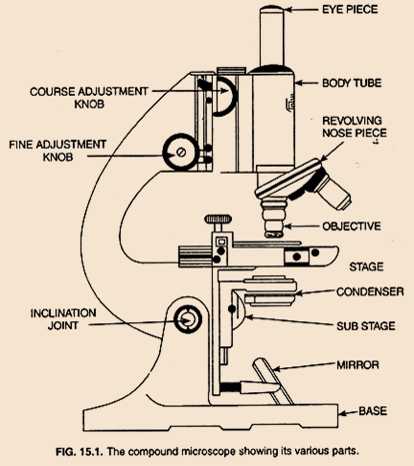
In fig 15.1, the compound microscope is used to see the cells which cannot be seen by naked eye.

This figure shows the cell structure of an onion peel.
Plant Tissues
Meristematic Tissue
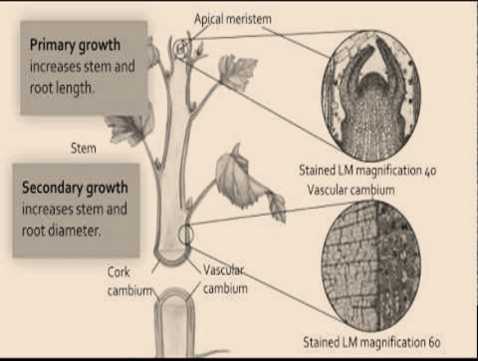
- The growth of plants occurs only in certain specific regions. This is because the dividing tissue, also known as meristematic tissue, is located only at these points.
- Depending on the region where they are present, meristematic tissues are classified as apical, lateral and intercalary.
- New cells produced by meristem are initially like those of meristem itself, but as they grow and mature, their characteristics slowly change and they become differentiated as components of other tissues.
- Apical meristem is present at the growing tips of stems and roots and increases the length of the stem and the root. The girth of the stem or root increases due to lateral meristem (cambium). Intercalary meristem is the meristem at the base of the leaves or internodes on twigs.
Permanent Tissue
There are two types of permanent tissues in a plant tissue. They can be classified into two types:
Simple Permanent Tissue
- A few layers of cells form the basic packing tissue. This tissue is parenchyma, a type of permanent tissue. It consists of relatively unspecialized cells with thin cell walls. They are live cells.
- They are usually loosely packed so that large spaces between cells (intercellular spaces) are found in this tissue. This tissue provides support to plants and also stores food.
- In some situations, it contains chlorophyll and performs photosynthesis, and then it is called chlorenchyma.
- In aquatic plants, large air cavities are present in parenchyma to give buoyancy to the plants to help them float. Such a parenchyma type is called parenchyma. The parenchyma of stems and roots also stores nutrients and water.
Complex Permanent Tissue
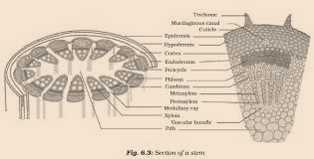
- Complex tissues are made of more than one type of cells. All these cells coordinate to perform a common function. Xylem and phloem are examples of such complex tissues.
- They are both conducting tissues and constitute a vascular bundle. A vascular or conductive tissue is a distinctive feature of the complex plants, one that has made possible their survival in the terrestrial environment.
- Xylem consists of tracheids, vessels, and xylem parenchyma and xylem fibres. The cells have thick walls, and many of them are dead cells.
- Tracheids and vessels are tubular structures. This allows them to transport water and minerals vertically. The parenchyma stores food and helps in the sideways conduction of water.
- Fibres are mainly supportive in function. Phloem is made up of four types of elements: sieve tubes, companion cells, phloem fibres and the phloem parenchyma.
- Sieve tubes are tubular cells with perforated walls. Phloem is unlike xylem in that materials can move in both directions in it. Phloem transports food from leaves to other parts of the plant.
Animal Tissues
The animal tissues have a lot of categories as follows:
Epithelial Tissues
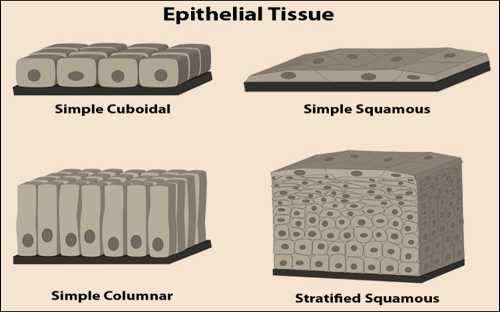
- The covering or protective tissues in the animal body are epithelial tissues.
- Epithelium covers most organs and cavities within the body. It also forms a barrier to keep different body systems separate.
- The skin, the lining of the mouth, the lining of blood vessels, lung alveoli and kidney tubules are all made of epithelial tissue.
- Epithelial tissue cells are tightly packed and form a continuous sheet. They have only a small amount of cementing material between them and almost no intercellular spaces. Obviously, anything entering or leaving the body must cross at least one layer of epithelium.
- As a result, the permeability of the cells of various epithelia plays an important role in regulating the exchange of materials between the body and the external environment and also between different parts of the body. Regardless of the type, all epithelium is usually separated from the underlying tissue by an extracellular fibrous basement membrane.
Connective Tissue
- Blood is a type of connective tissue.
- The matrix may be jelly-like, fluid, dense or rigid.
- The nature of matrix differs in concordance with the function of the particular connective tissue.
- Bone is another example of a connective tissue. It forms the framework that supports the body. It also anchors the muscles and supports the main organs of the body. It is a strong and nonflexible tissue (what would be the advantage of these properties for bone functions?).
- Bone cells are embedded in a hard matrix that is composed of calcium and phosphorus compounds.
- Two bones can be connected to each other by another type of connective tissue called the ligament. This tissue is very elastic. It has considerable strength. Ligaments contain very little matrix.
- Tendons connect muscles to bones and are another type of connective tissue. Tendons are fibrous tissue with great strength but limited flexibility.
- Another type of connective tissue, cartilage, has widely spaced cells. The solid matrix is composed of proteins and sugars.
- Cartilage smoothens bone surfaces at joints and is also present in the nose, ear, trachea and larynx. We can fold the cartilage of the ears, but we cannot bend the bones in our arms.
Recap
- A tissue is a group of cells similar in structure and function.
- Plant tissues are of two main types – meristematic and permanent.
- Meristematic tissue is the dividing tissue present in the growing regions of the plant.
- Permanent tissues are derived from meristematic tissue once they lose the ability to divide. They are classified as simple and complex tissues.
- Parenchyma, collenchyma and sclerenchyma are three types of simple tissues. Xylem and phloem are types of complex tissues.
- Animal tissues can be epithelial, connective, muscular and nervous tissue.
- Depending on shape and function, epithelial tissue is classified as squamous, cuboidal, columnar, ciliated and glandular.
- The different types of connective tissues in our body include areolar tissue, adipose tissue, bone, tendon, ligament, cartilage and blood.

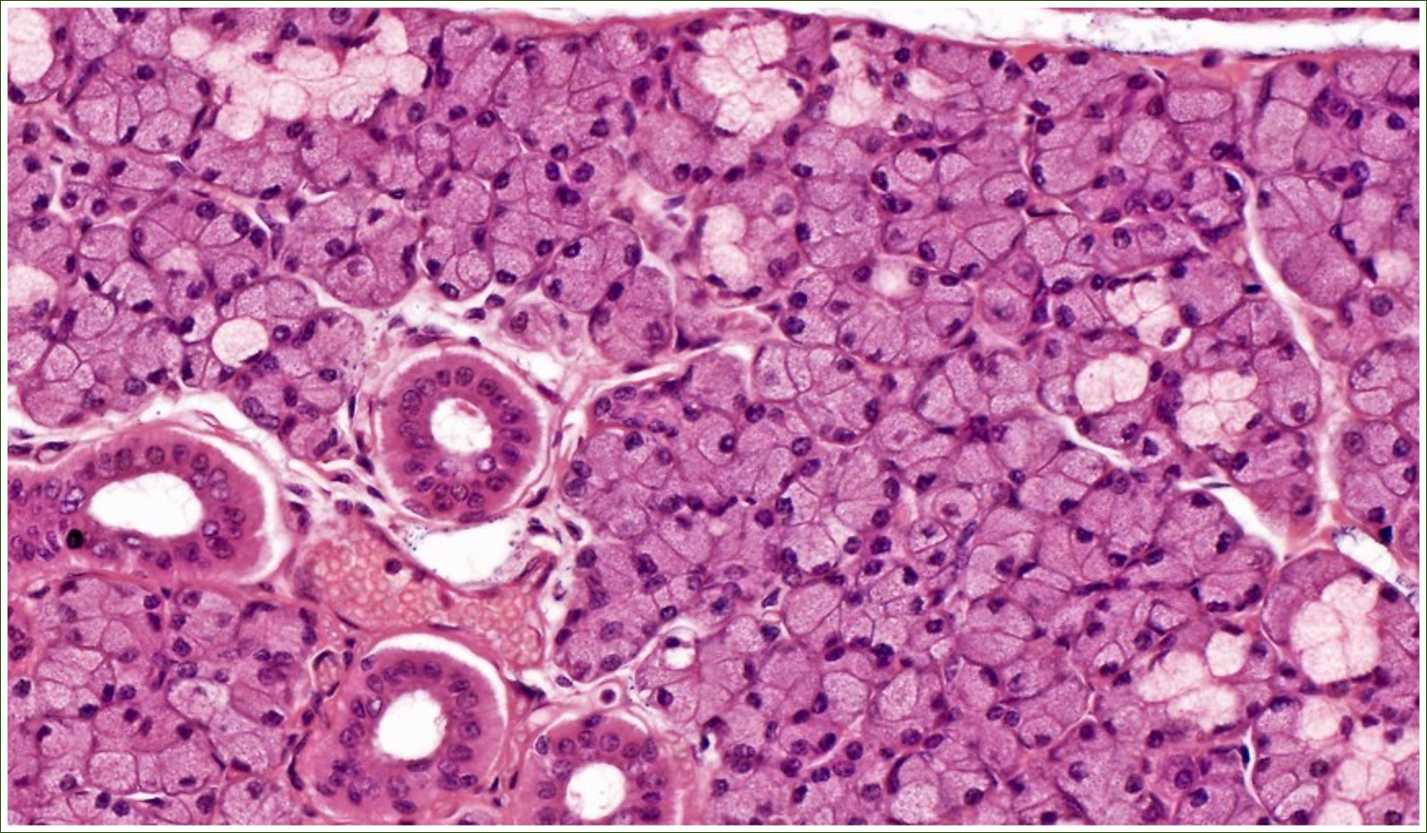




















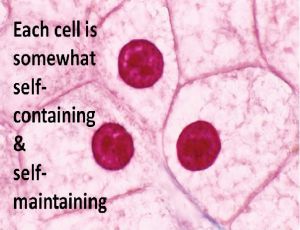
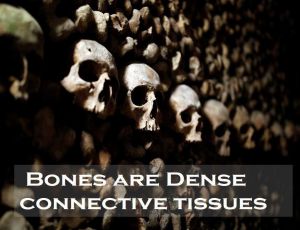
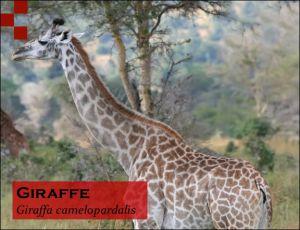







Comments